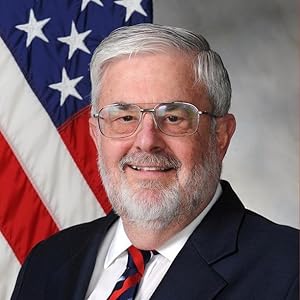Along the way, he fills in the gaps in the disputed story of annexation, such as the role of the U.S. minister during the overthrow of the queen, the mysterious return of the U.S.S. Boston just in time to land troops during the revolution, Secretary of State Walter Gresham’s attempt to restore Queen Lili`uokalani, and the growing threat to the white rebel government from Japan’s push to gain the vote for Japanese migrant laborers.
During the 1897 Japan-U.S. crisis, Morgan relates, the United States dealt with Hawai’i entirely as a military issue. Fearing Japanese intervention, it initiated the first U.S. war planning against Japan, accumulated intelligence on Japanese capabilities, signed an annexation treaty as a warning to Tokyo, rushed ships to Hawai’i, and issued contingency landing orders. The crisis of 1897 put annexation on the front burner and led to the final acquisition of the islands in 1898 as the culmination of growing appreciation for Hawaii’s strategic value to U.S. defenses.

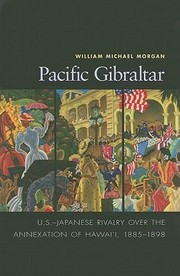
 American Ambassadors: A Guide For Aspiring Diplomats
American Ambassadors: A Guide For Aspiring Diplomats 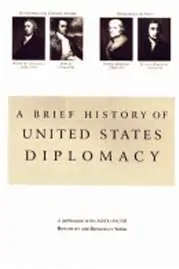 A Brief History of United States Diplomacy
A Brief History of United States Diplomacy  Echoes of a Distant Clarion
Echoes of a Distant Clarion 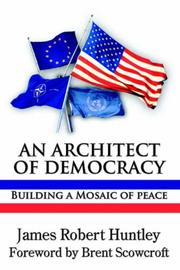 An Architect of Democracy
An Architect of Democracy  Breaking Protocol: America’s First Female Ambassadors, 1933-1964
Breaking Protocol: America’s First Female Ambassadors, 1933-1964  China’s Relations with Africa: A New Era of Strategic Engagement
China’s Relations with Africa: A New Era of Strategic Engagement 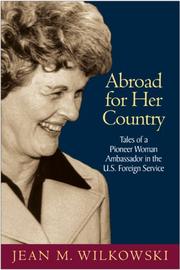 Abroad for Her Country: Tales of a Pioneer Woman Ambassador in the U.S. Foreign Service
Abroad for Her Country: Tales of a Pioneer Woman Ambassador in the U.S. Foreign Service  China Confidential: American Diplomats and Sino-American Relations, 1945-1996
China Confidential: American Diplomats and Sino-American Relations, 1945-1996  African Wars: A Defense Intelligence Perspective
African Wars: A Defense Intelligence Perspective 